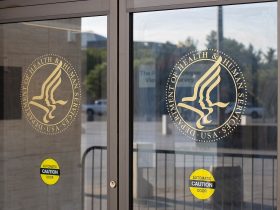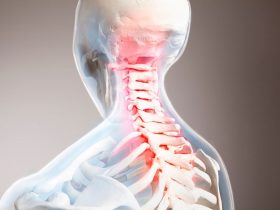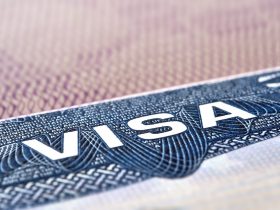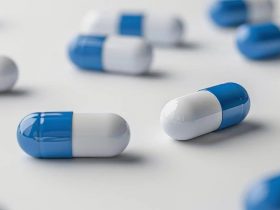Disparities seen with higher odds for non-White students and those without parental financial support
By Lori Solomon HealthDay Reporter
THURSDAY, Sept. 4, 2025 (HealthDay News) — One in five U.S. medical students is food-insecure, according to a study published online Aug. 29 in JAMA Network Open.
Bassel M. Shanab, from Yale University in New Haven, Connecticut, and colleagues surveyed 1,834 medical students attending eight schools between March 3, 2023, and Sept. 19, 2023.
The researchers found that food insecurity prevalence was 21.2 percent, with institutional prevalence rates ranging from 16.0 percent to 31.9 percent. Food insecurity was more prevalent among medical students identifying as Black (odds ratio [OR], 2.91), Southeast Asian (OR, 5.73), Middle Eastern or North African (OR, 2.80), and other race (OR, 2.65) compared with White students. Food insecurity was also higher among Hispanic or Latino individuals than non-Hispanic or Latino individuals (OR, 2.47). Students who were Pell grant recipients (OR, 3.00) were more likely to be food-insecure than non-Pell grant recipients. Students using private loans (OR, 15.43), state scholarships (OR, 5.79), school scholarships (OR, 4.06), student contributions (OR, 3.40), federal loans (OR, 3.29), and other scholarships (OR, 3.25) had higher odds of food insecurity than students with parental financial support. Students who had dependents (OR, 3.25) also had higher odds of food insecurity.
“The prevalence of food insecurity was nearly double the national household average,” the authors write. “These findings call for institutional and policy interventions to address medical students’ basic needs, ensuring the success of future physicians.”
Copyright © 2025 HealthDay. All rights reserved.







